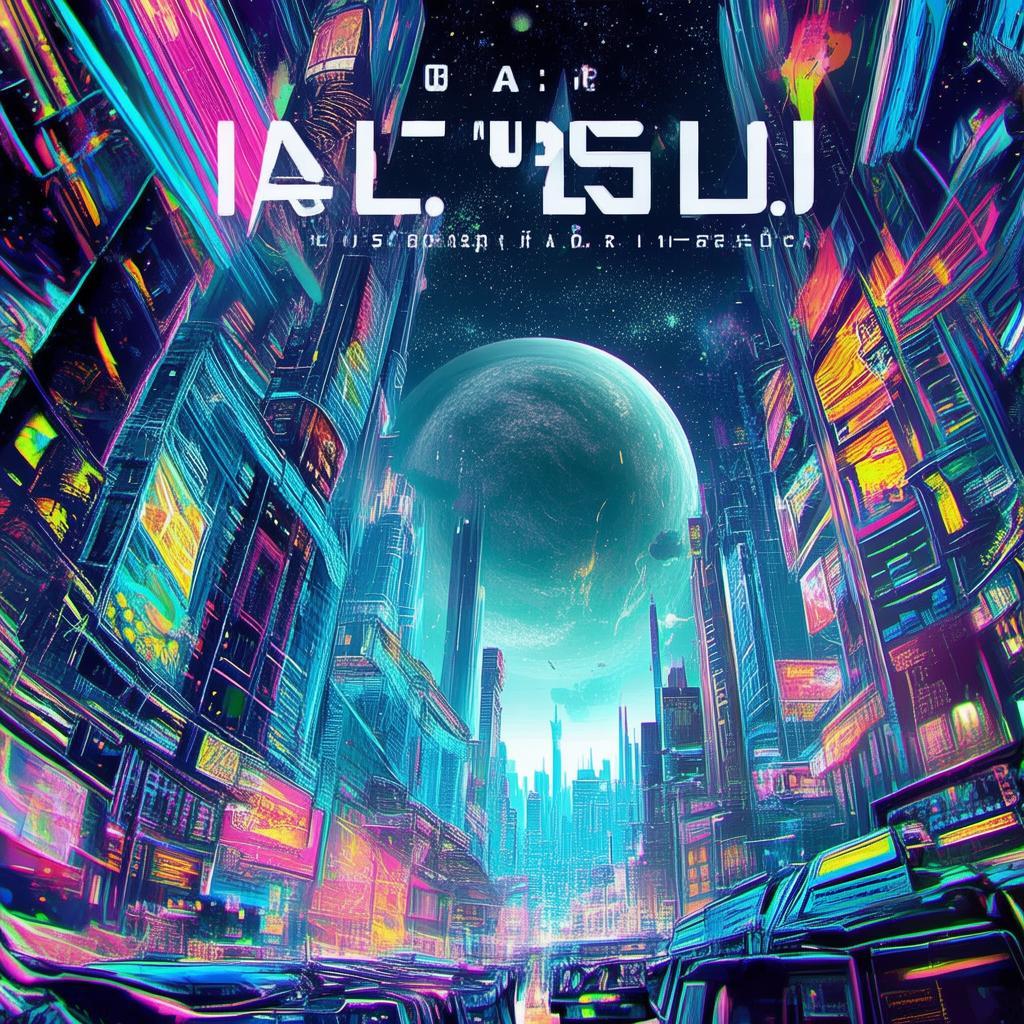Through the Looking Glass: Parallel Portals and the Peculiar Paradox
The night was shrouded in an inky blackness, save for the distant glow of neon signs that flickered like the eyes of some unseen entity. Dr. Elara Voss stood at the edge of the old, abandoned laboratory that had once been the pride of the quantum physics community. Now, it was a relic of a bygone era, its walls cracked and its windows shattered.
Elara's fingers danced over the keyboard of her portable quantum computer, the screen flickering with binary code. She had spent the last two years working on a theory that could change everything: the existence of parallel universes, accessible through peculiar portals that defied the very fabric of time and space.
"The Parallel Parodies of the Peculiar Portals' Parodies and Paradoxes Paraded and Pondered and Proven and Parodied" was the title of her latest paper, a title that seemed to mock the complexity of her discovery. The theory was simple yet revolutionary: every decision, every action, every thought, created a ripple in the fabric of reality, birthing an infinite number of parallel universes.
Tonight, she had a new hypothesis. If the portals were real, and if they were as interwoven with the fabric of reality as she believed, then they were not just gateways to other dimensions, but also conduits through time. The theory was risky, bordering on the absurd, but Elara was a scientist, and she was driven by the pursuit of knowledge.
As she entered the final sequence of her experiment, the air in the lab seemed to hum with anticipation. The computer's screen went blank, and for a moment, Elara felt the weight of the universe pressing down on her. Then, a blinding light enveloped her, and she was no longer sure where she was.
When the light faded, Elara found herself in a bustling cityscape, the architecture a strange amalgamation of the past and the future. People moved with an urgency that was alien to her, and the air was thick with the scent of something she couldn't quite place. She realized with a start that she had traveled through time.

Elara's first thought was to find her way back, but as she moved through the crowd, she felt a strange pull. The city seemed to hold a secret, and she was the key to unlocking it. She followed a trail of breadcrumbs that led her to a grand, old library, its shelves lined with ancient tomes and scrolls.
Inside, she found a peculiar book, bound in leather and filled with cryptic symbols. The book spoke of a paradox, a situation where two realities could not coexist, and one would be forced to give way. Elara realized that her reality was in danger of being overwritten by a parallel universe, a universe where the wrong decisions had been made, and the wrong choices had been taken.
She knew what she had to do. She had to find the source of the paradox and correct it. But as she delved deeper into the book, she discovered that the portals were not just gateways to other dimensions, but also to other timelines. The paradox was not just a threat to her reality, but to all realities.
Elara's journey took her through a myriad of parallel worlds, each more bizarre and fantastical than the last. She met beings of light, beings of shadow, and beings that were neither. She saw the rise and fall of empires, the birth and death of stars, and the endless cycle of life and death.
As she traveled, Elara learned that the portals were not just a scientific phenomenon, but a philosophical one as well. They were a reminder that every choice we make has consequences, and that the line between right and wrong is not always clear. She also learned that the power of the portals was not just in their ability to transport, but in their ability to change.
The climax of her journey came when Elara found herself in a world where the paradox was already in play. The wrong choices had been made, and the wrong decisions had been taken. The world was falling apart, and there was nothing Elara could do to stop it.
But then, she remembered the book. She remembered the symbols, and she remembered the knowledge she had gained. With a deep breath, Elara began to alter the fabric of reality, using the portals to correct the paradox.
The world around her began to change, and with each alteration, the world became more like her own. The empires rose and fell, the stars were born and died, and life and death continued in their endless cycle. Finally, Elara found herself back in her own reality, the paradox corrected, and the portals closed behind her.
As she stood in the abandoned laboratory, Elara knew that her work was far from over. The portals were a reminder that the universe was a vast and mysterious place, filled with possibilities and dangers. But she also knew that she had a responsibility to understand and control these forces, for the sake of all realities.
Elara Voss had proven that the peculiar portals were not just a theory, but a reality. And with that knowledge, she had taken the first step in a new journey, one that would take her to the very edge of what was possible.
✨ Original Statement ✨
All articles published on this website (including but not limited to text, images, videos, and other content) are original or authorized for reposting and are protected by relevant laws. Without the explicit written permission of this website, no individual or organization may copy, modify, repost, or use the content for commercial purposes.
If you need to quote or cooperate, please contact this site for authorization. We reserve the right to pursue legal responsibility for any unauthorized use.
Hereby declared.









